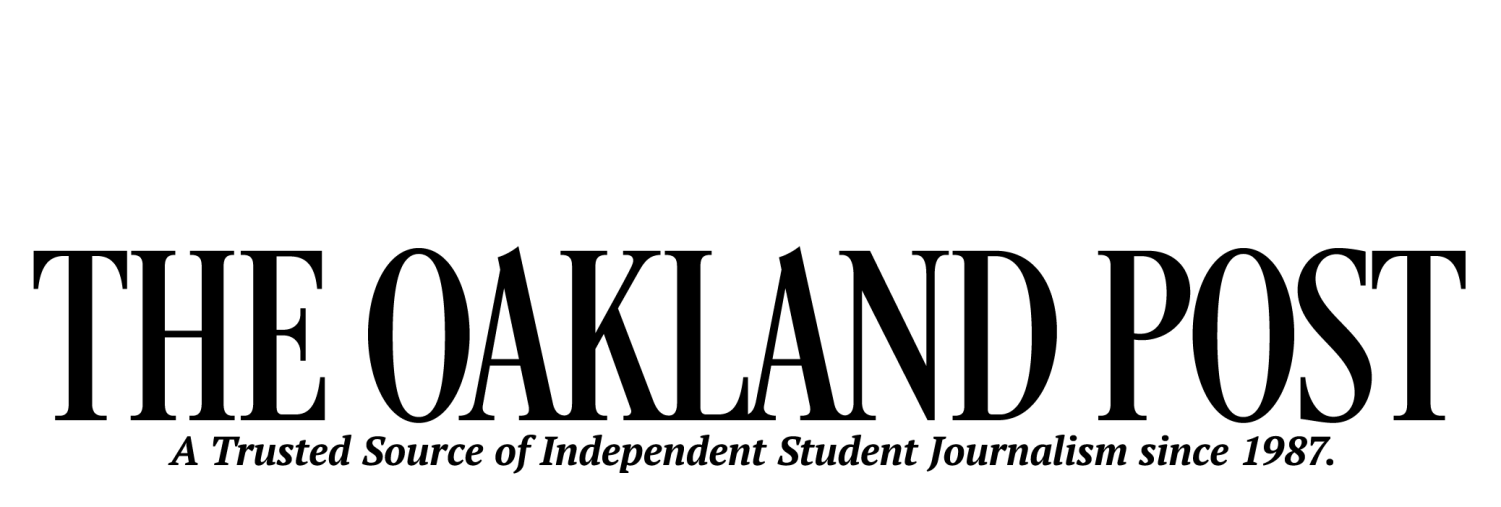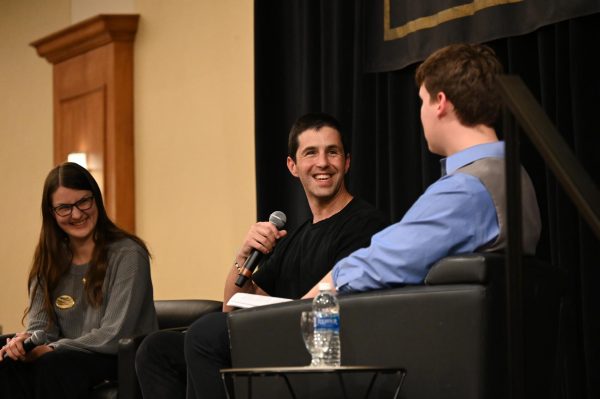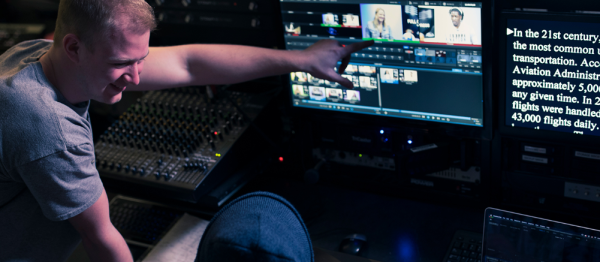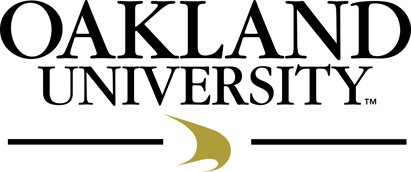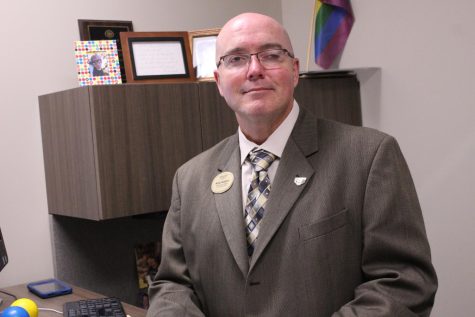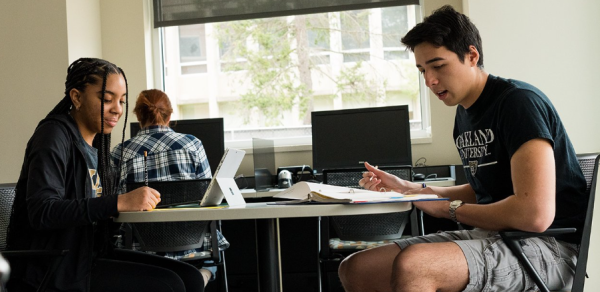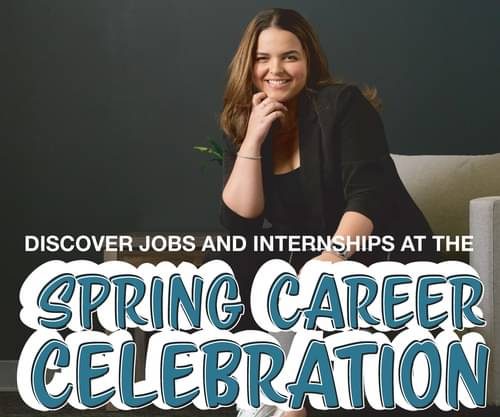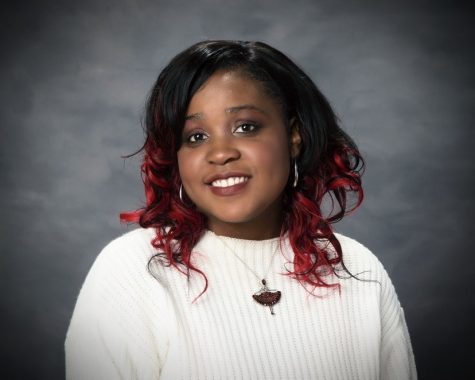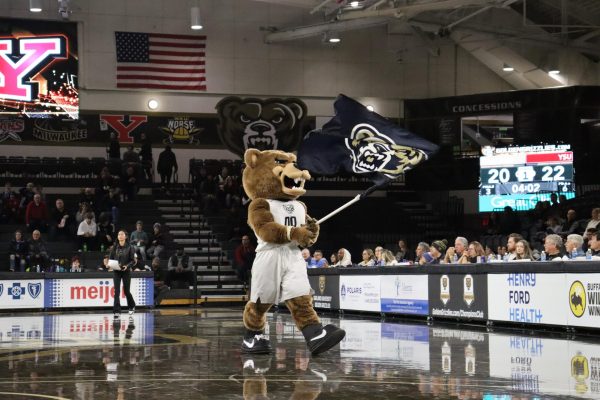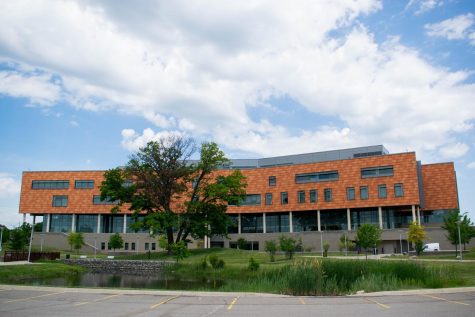OU has heart — and brains
Most people would be squeamish about holding a human heart or brain in their hands. Alison Glinski is not one of those people.
As a teacher’s assistant for Biology 206, a human anatomy course, Glinski is responsible for teaching her class about the insides of the human body. Taught in Oakland University’s cadaver lab, which is located on the bottom floor of the Science and Engineering Building, all of the cadavers’ bodies are donated.
“Cadavers come from people who have dedicated their bodies to science, and in one way or another, make their way to large medical institutions that then distribute the bodies to other institutions like OU,” Glinski said. “After the semester ends and we are done using the cadavers, we send the bodies back from the institution from which they came. Many of OU’s cadavers came to us from U-M.”
The identities of the cadavers are kept anonymous.
“The only information about each individual body that we provide our students with is the cadaver’s sex, age of death and cause of death,” she said. “We make sure to keep the identity of our cadavers anonymous and always cover their faces.”
The students in Glinski’s class don’t actually do the dissecting, though. Glinski gets to do that part.
“Groups of teacher’s assistants meet on the weekends to make sure that the areas of the body that will be discussed in class during the upcoming week are clean and visible to students,” Glinski said. “In order to dissect, TAs wear lab coats and gloves and use tools like scalpels, medical scissors and tweezers.”
The students study and observe the cadavers after Glinski and her fellow TAs have dissected them.
Glinski also works to maintain the physical characteristics of the cadavers. She said upkeep is important to keep the cadavers in good condition for the entire semester.
“The main concern with our cadavers is that they will dry out and that the muscle tissue will start to shred,” Glinski said. “To prevent this, TAs spray the bodies down with a preservative called formalin and pack them with formalin-doused paper towels.”
According to Glinski, the cadavers are kept in body bags and stored in a cool room to preserve their tissues and organs.
Glinski enjoys her work as a TA, considering it a great learning experience.
“I’ve gained a powerful appreciation for the intricacies of the human body,” Glinski said “Working with cadavers has further magnified my appreciation for the value of human life and makes me excited to attain a career in medicine where I will continually learn new things about the human body each day.”
Glinski said that holding a human brain and a human heart are two of her favorite moments.
“When we think of our hearts, we picture a red, cartoonish image,” she said. “A real human heart is so intricate, well-constructed and beefy. I also held a human brain. How many people can say they’ve done that?”
